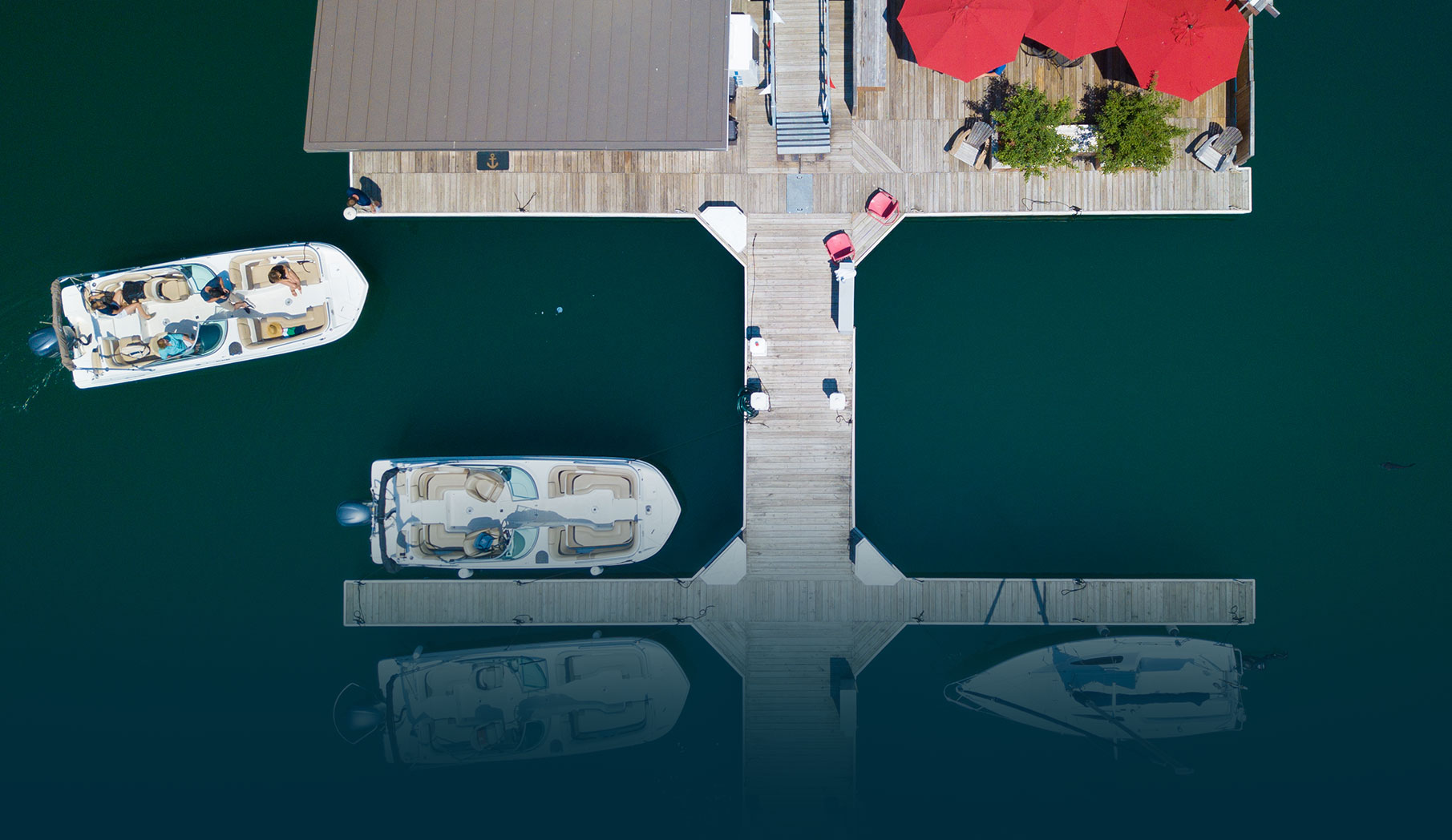Smart boaters keep a tight dockside setup, knowing the importance of safe and efficient docking techniques. They know that the right boat docking accessories cut stress, protect gelcoat, and help their crew move with confidence.
In this blog post, you'll learn about the top docking accessories that every boater should have on board. Use this checklist to outfit your boat with practical docking tools that work every time.
What Are the Top Boat Docking Accessories?
1. Fenders that Actually Fit Your Hull
You should carry at least two fenders per side on smaller boats, three or more on larger craft. Measure the size to the boat's length and freeboard, and hang them so the midpoint aligns with the dock edge. Popular fender choices include Polyform G-Series and Taylor Made Super Gard, both known for tough, single-piece construction.
2. Reliable Dock Lines
Keep four primary dock lines on board, plus two spring lines. Consider double-braid nylon, which offers strength with controlled stretch, helping cushion loads. In addition, look for pre-spliced eyes and finished ends to speed tie-ups. Sea-Dog's double-braid options are a reliable choice.
3. A Telescoping Boat Hook
A good hook lets you snag a cleat, pull a line, or push off without crunching the rail. Telescoping models stow easily yet reach far when you need them. If you need a boat hook, Garelick's Telescoping Boat Hook is a solid pick.
4. Solid Cleats and Hardware
If your cleats are undersized or worn, upgrade them before boating season begins. High-quality cleats improve holding power and make line handling smoother. Lewmar's composite and cam options are built for strength and easy line entry.
5. Dock Bumpers to Protect the Pier
Fenders protect your boat's hull, while dock bumpers protect the dock where your fenders can't. To avoid damage, add corner cushions or edging at the most-touched spots. Taylor Made offers corner bumpers that match their perimeter pieces, while Polyform's PG dock moulding is a clean, long-run solution.
6. Dock Lights for Low-Light Approaches
Fixed dock lights help you read distances at dusk and keep foot traffic safe on the pier. You may also consider surface-mount LED kits, which are popular for simple installs. If you need updated dock lights, Attwood's stainless LED docking lights are a proven option.
7. A Rugged Dock Box for Gear
Keep lines, chafe guards, spare fenders, and cleaning tools out of the cockpit, storing them in a secure dock box. A fiberglass dock box protects gear from sun and spray and speeds your pre-departure routine.
8. Mooring Whips for Exposed Slips
If your boat dock sees a wake or surge, mooring whips pull the boat a safe distance off the pier to prevent contact. They act like springs and are common on seawalls. While shopping, consider Taylor Made's premium whips, which are highly recommended by boaters.
9. Chafe Protection and Line Organizers
Add guards where lines pass over rub rails or through fairleads. A short piece of tubular webbing or dedicated chafe gear can save a line during a windy night. Store extra lines coiled in a ventilated bag or in your dock box so they stay dry, clean, and ready.
10. A Simple Docking Checklist
Post a laminated checklist near the helm that outlines docking guidelines. This can include steps like fenders set, lines ready, crew stations assigned, and speed under control. Consistent steps reduce the risk of surprises, which is another reason to utilize solid docking accessories.
You're Ready to Dock with Confidence
Great docking requires preparation and repetition. Keep your docking accessories organized, practice in calm conditions, then work up to wind, current, and tight slips. Refresh your plan at the start of each season and replace worn gear before it fails. A few final habits go a long way:
- Inspect lines, chafe guards, fenders, and cleats every month, and after heavy weather.
- Stage gear the same way each trip so crew members can easily locate the right docking tools without guessing.
- Use your dock box to separate daily-use items from spares and keep a short inventory list under the lid.
- Walk the pier after tying up, check for rub points, and adjust fenders or dock bumpers to match.
- Debrief with your crew; note what worked, what didn't, and update your docking checklist.
With the right boat docking accessories, a clear plan, and a crew that knows their roles, docking becomes a smooth finish to every outing.
Originally published March 2010. Updated October 2025.


